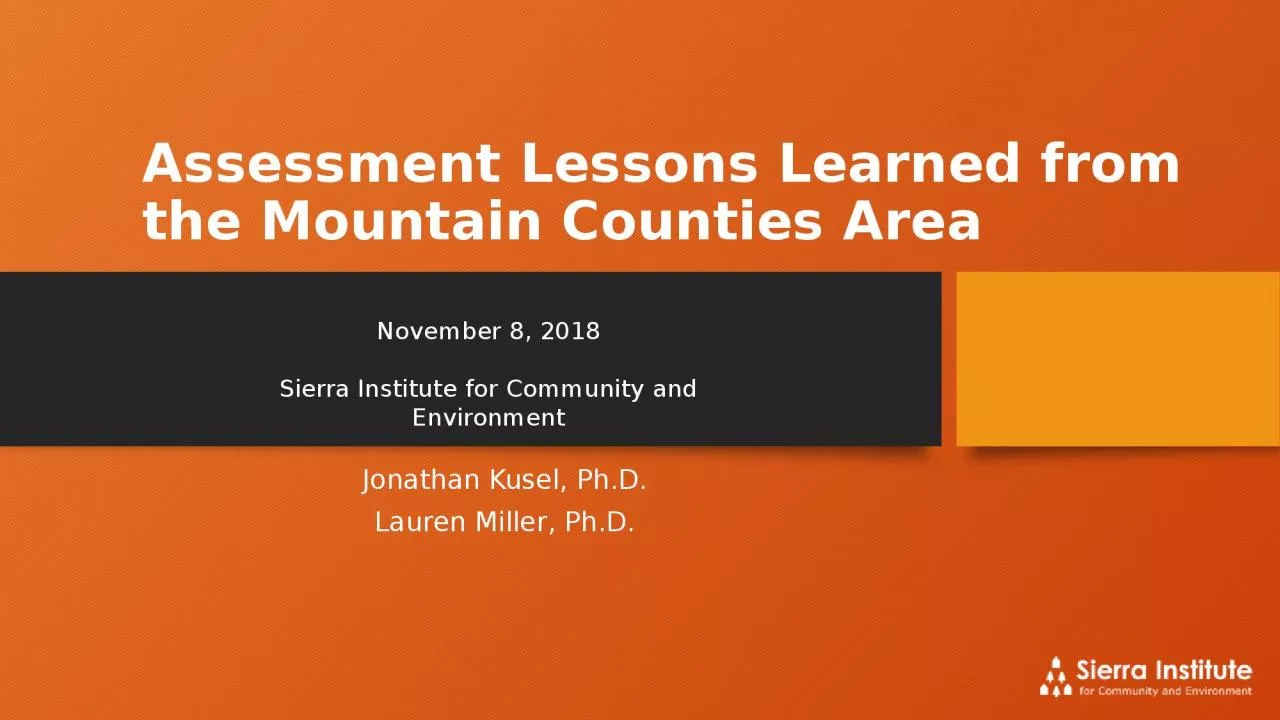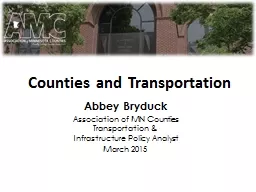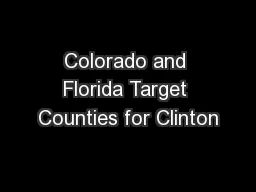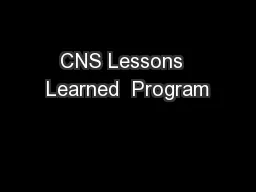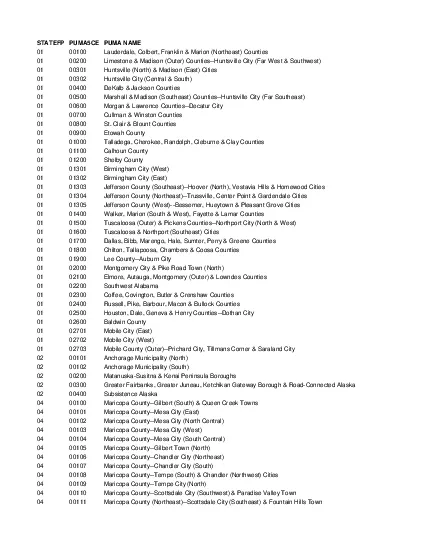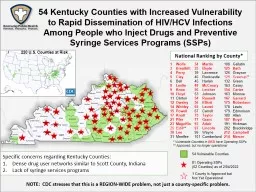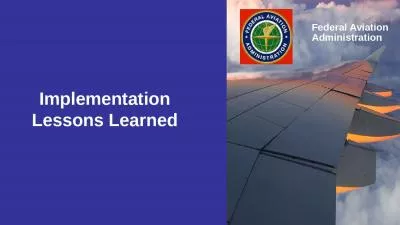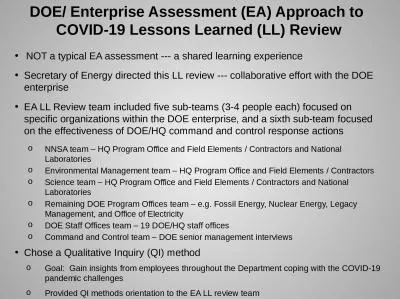PPT-Assessment Lessons Learned from the Mountain Counties Area
Author : enkanaum | Published Date : 2020-08-29
the Mountain Counties Area Jonathan Kusel PhD Lauren Miller PhD November 8 2018 Sierra Institute for Community and Environment CalEnviroScreen Assessment Census
Presentation Embed Code
Download Presentation
Download Presentation The PPT/PDF document "Assessment Lessons Learned from the Moun..." is the property of its rightful owner. Permission is granted to download and print the materials on this website for personal, non-commercial use only, and to display it on your personal computer provided you do not modify the materials and that you retain all copyright notices contained in the materials. By downloading content from our website, you accept the terms of this agreement.
Assessment Lessons Learned from the Mountain Counties Area: Transcript
Download Rules Of Document
"Assessment Lessons Learned from the Mountain Counties Area"The content belongs to its owner. You may download and print it for personal use, without modification, and keep all copyright notices. By downloading, you agree to these terms.
Related Documents

